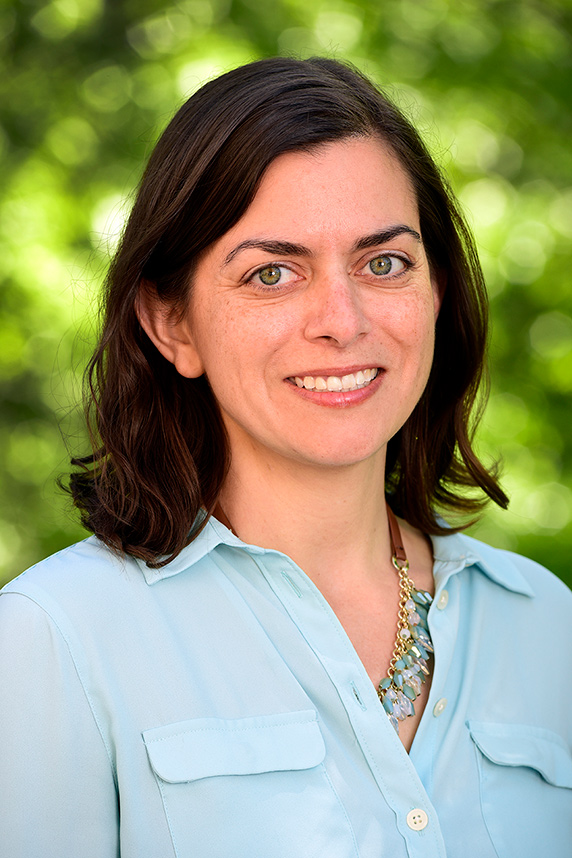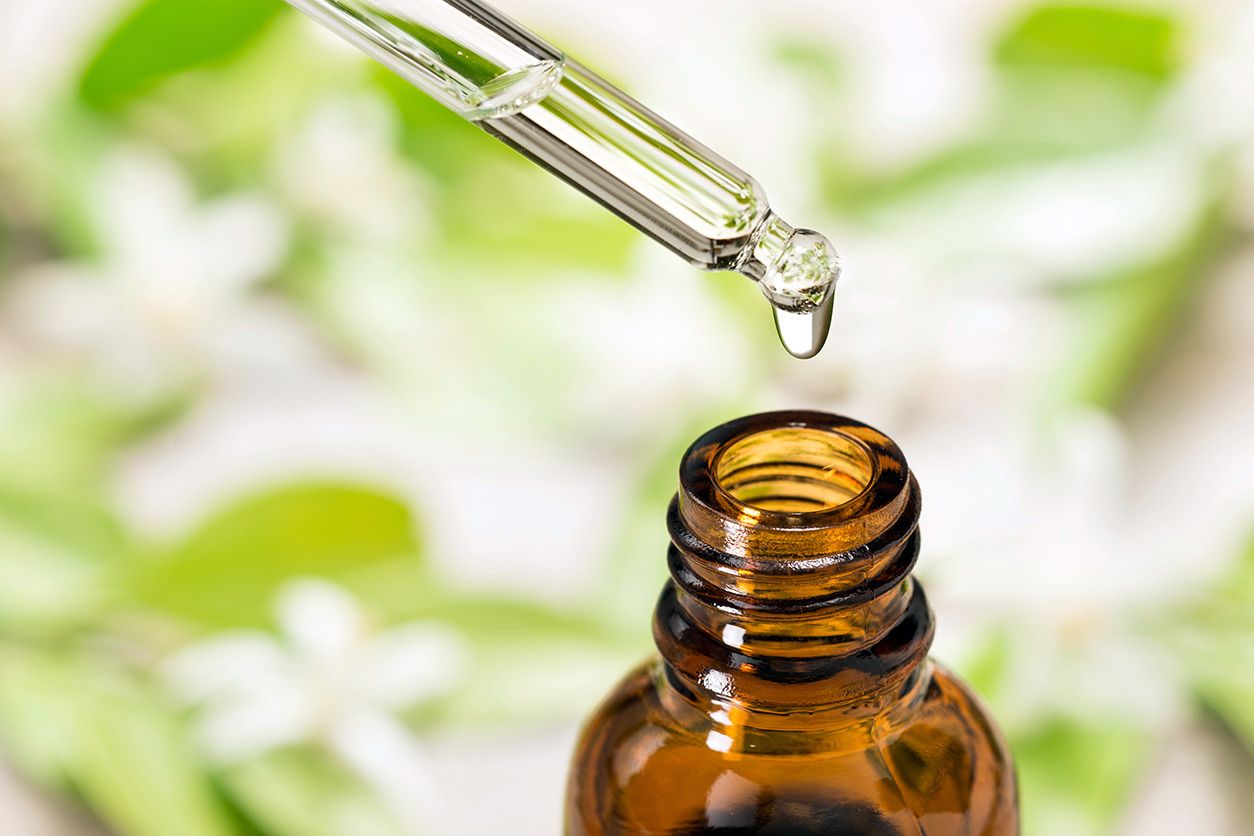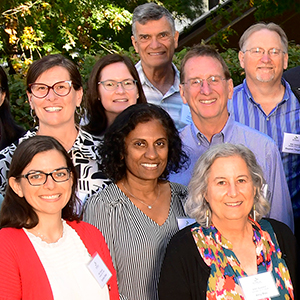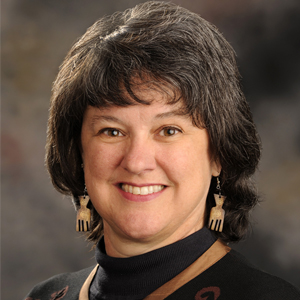Looking to address concerns about the safety of botanicals, NIEHS joined forces with the U.S. Food and Drug Administration (FDA) and the nonprofit Health and Environmental Sciences Institute (HESI) to form the Botanical Safety Consortium.
 The new consortium aims to address the lack of data on the safety of botanicals.
The new consortium aims to address the lack of data on the safety of botanicals.The consortium, which launched a website in March, will serve as a collaborative forum on botanical safety research. The group hopes to draw global scientists from government, academia, consumer health groups, industry, and nonprofit organizations. Information on opportunities to contribute to and participate in the consortium are available on the website, including an application form that stakeholders can submit to note their interest.
 Rider leads several NTP studies that evaluate the safety of botanicals, such as echinacea, black cohosh, and valerian root. (Photo courtesy of Steve McCaw)
Rider leads several NTP studies that evaluate the safety of botanicals, such as echinacea, black cohosh, and valerian root. (Photo courtesy of Steve McCaw)“There are legitimate concerns about the lack of safety data and variable quality of products in the marketplace,” said Cynthia Rider, Ph.D., a toxicologist in the NIEHS Division of the National Toxicology Program (NTP). “The Botanical Safety Consortium is dedicated to providing a sound scientific basis for using cutting-edge toxicological tools to evaluate the safety of botanical ingredients.”
Safety first
A National Health Information Survey conducted from 2002 to 2012 found that approximately 18% of Americans use botanical supplements. According to the National Institute of Health (NIH) Dietary Supplement Label Database, there are an estimated 27,000 such supplements on the market (see sidebar).
These products are intentionally marketed for their health effects yet have few of the usual standards of quality, effectiveness, and safety that are applied to pharmaceuticals, said NTP Associate Director Brian Berridge, D.V.M., Ph.D.
“I think it is difficult to solve a problem you can’t clearly define,” said Berridge. “The consortium will enable this field to collaboratively identify the most pressing challenges in botanical safety. The community can then develop approaches to address those challenges.”
A significant partnership
The Botanical Safety Consortium was officially convened in November 2019 through a memorandum of understanding between the three organizations. The consortium has the following objectives.
 “I think this partnership significantly leverages the considerable work that has already been done at NTP and builds on the efforts of leaders in the field like Cynthia Rider,” said Berridge. (Photo courtesy of Steve McCaw)
“I think this partnership significantly leverages the considerable work that has already been done at NTP and builds on the efforts of leaders in the field like Cynthia Rider,” said Berridge. (Photo courtesy of Steve McCaw)- Engage with a broad group of stakeholders to apply the best scientific approaches.
- Establish levels of various chemicals to characterize complex biological products.
- Identify cell- and computer-based toxicity assays to evaluate botanical safety.
- Evaluate these tools through comparison to available safety information.
- Integrate these tools and approaches into a framework for effective evaluation of botanical substances.
“NTP, working with scientific partners and stakeholders, is uniquely positioned to build a better understanding of the possible harms from botanicals,” said Berridge. “A better understanding of harms will allow the industry to design safer products and the public to make better informed choices.”
Looking forward
As convener and facilitator of the consortium, HESI drafted specific guidelines for membership and participation in the effort. “We are in the process of identifying interested parties who would like to engage with us, particularly as members of the Stakeholder Council or as experts for the Technical Working groups,” said HESI Associate Director Michelle Embry, Ph.D.
The consortium is one pillar of the February 2019 FDA statement about new steps to modernize dietary supplement regulation.
The consortium plans to hold an informational meeting in Washington, D.C. on May 29, 2020, to recruit new members and solicit input into current scientific challenges and opportunities related to botanical dietary supplement safety. The meeting will be webcast.
 Essential oils have been marketed for treatment of conditions such as anxiety, insomnia, halitosis, eczema, and migraines.
Essential oils have been marketed for treatment of conditions such as anxiety, insomnia, halitosis, eczema, and migraines.Citations:
Clarke TC, Black LI, Stussman BJ, Barnes PM, Nahin RL. 2015. Trends in the use of complementary health approaches among adults: United States, 2002-2012. Natl Health Stat Report 79:1−16.
Henley DV, Lipson N, Korach KS, Bloch CA. 2007. Prepubertal gynecomastia linked to lavender and tea tree oils. N Engl J Med 356(5):479–485.
Ramsey JT, Li Y, Arao Y, Naidu A, Coons LA, Diaz A, Korach KS. 2019. Lavender products associated with premature thelarche and prepubertal gynecomastia: case reports and endocrine-disrupting chemical activities. J Clin Endocrinol Metab 104(11):5393–5405.
Rider CV,Walker NJ, Waldyanatha S. 2018. Getting to the root of the matter: challenges and recommendations for assessing the safety of botanical dietary supplements. Clin Pharmacol Ther 104(3):429–431.
Roe AL, Dever JT, Gafner S, Marsman DS, Rider CV, Swift S. 2019. The Botanical Safety Consortium. Appl In Vitro Toxicol 5(1):4–9.
Shipkowski KA, Betz JM, Birnbaum LS, Bucher JR, Coates PM, Hopp DC, MacKay D, Oketch-Rabah H, Walker NJ, Welch C, Rider CV. 2018. Naturally complex: perspectives and challenges associated with Botanical Dietary Supplement Safety assessment. Food Chem Toxicol 118:963–971.
(Marla Broadfoot, Ph.D., is a contract writer for the NIEHS Office of Communications and Public Liaison.)









